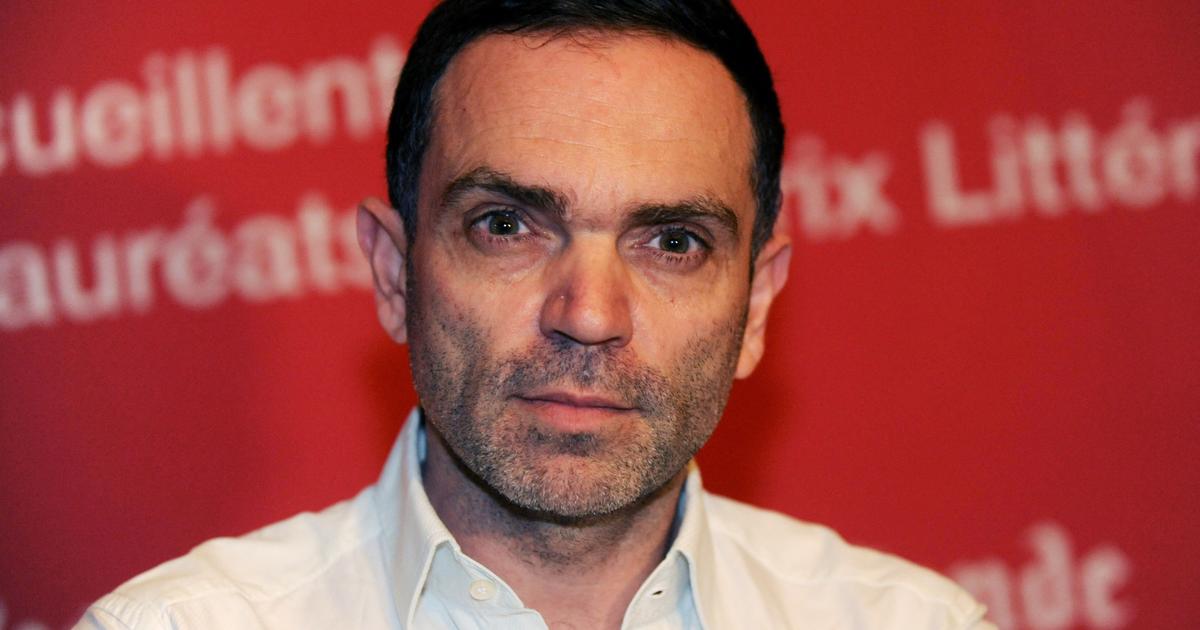More than 96 million images and videos showing sexual violence against children are currently being distributed via the Darknet.
The pedo criminals exchange information on 130 individual chat or abuse platforms with a total of more than 1.3 million user accounts.
These numbers come from a darknet analysis by Erin Burke, who heads a unit at US Customs and Immigration Services that specializes in child abuse.
In the past, Burke's team has, among other things, taken care of the shutdown of the large darknet platform "Welcome to Video"; through its investigations on the Internet, it has also been able to save children from abuse situations in their parents' home.
"The more abuse recordings are circulating out there, the more often analogue abuse occurs," Burke warns in an interview with SPIEGEL.
The fact that the recordings are so readily available means that the crimes shown on them are normalized.
In addition, it motivates pedo criminals who give each other tips on how to abuse children in the forums.
"We want all these abuse recordings to disappear from the network," says Burke.
On the one hand to prevent new acts, but also because of those affected.
"Those affected tell us that they are traumatized every time when these recordings are distributed by strangers," says Burke.
For the current issue of SPIEGEL, we researched together with colleagues from Norddeutscher Rundfunk (NDR) how devastating it is for those affected when their pictures have been circulating on the Internet for years.
It also revealed how the authorities in Germany fail to remove recordings of abuse from the network - although this would be surprisingly easy to do.
Under strict security precautions, the reporters from SPIEGEL and NDR also researched what is probably the largest abuse platform on the Darknet. 3.7 million user accounts are registered on the site, which looks like a mixture of pedagogical swap and social network. Erin Burke and her team also keep an eye on the site, but they did not collect data on the platform themselves in the course of their darknet analysis. The 3.7 million user accounts have to be counted again against the figures collected by Burke.
In the case of the darknet site »Boystown«, which the Federal Criminal Police Office (BKA) took offline in April of this year, the investigators apparently did not have any images of abuse deleted. Although the videos and images were in most cases stored by storage services that are not accessible in the Darknet but via the freely accessible network and that respond to deletion requests.
"I am surprised that German law enforcement authorities apparently do not report the videos or pictures to the companies where the pictures were stored," says Erin Burke.
In the case of the “Welcome to Video” darknet site, which she switched off and on which more than a million user accounts were registered, her agency then reported digital fingerprints for the videos and images to the central database of the US child protection organization NCMEC.
As soon as the digital fingerprints are in the NCMEC database, the recordings are prevented from being uploaded to the servers of large Internet services.
The problem is more widespread than we'd like
When it comes to child abuse online, there is often talk of the Darknet.
But in fact, as the research shows, most of the abuse videos are not distributed in that part of the Internet that is protected with special anonymization technology - but via services and websites that are freely accessible on the Internet.
In this way, the Darknet myth also hides the fact that the illegal recordings are often on servers of what are actually legal services - between Power Point presentations by work colleagues and vacation photos of relatives.
Almost like in the analog world, where those affected often meet the perpetrators in their everyday life and in their personal proximity.
External links: three tips from other media
"What happened to Amazon's Bookstore" (English, eight minutes to read)
Some Amazon retailers have apparently succeeded in
tricking
the company's security measures and selling cheap, up-to-date books for hundreds of euros on the platform.
All they had to do was move the year in which the books were supposedly written a few centuries into the past.
"What is behind Web3" (podcast, 15 minutes listening time)
"Broadband" reports what is meant by the utopia of Web3, which should be safer, more transparent and better than today's Internet.
The author Jürgen Geuter alias »aunt« also explains why the vision might not produce a better network, but only an even more unregulated profit machine.
"How an Excel TikToker manifested her way to making six figures a Day" (38 minutes to read)
"The Verge" dedicates a comprehensive portrait to Kat Norton, who has made it into a famous influencer with her expertise in Microsoft Excel - optionally as a podcast.
Stay healthy.
Max Hoppenstedt









